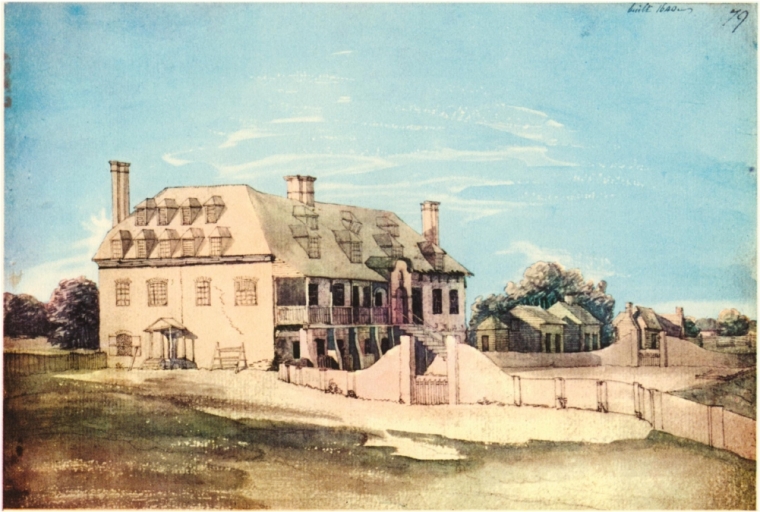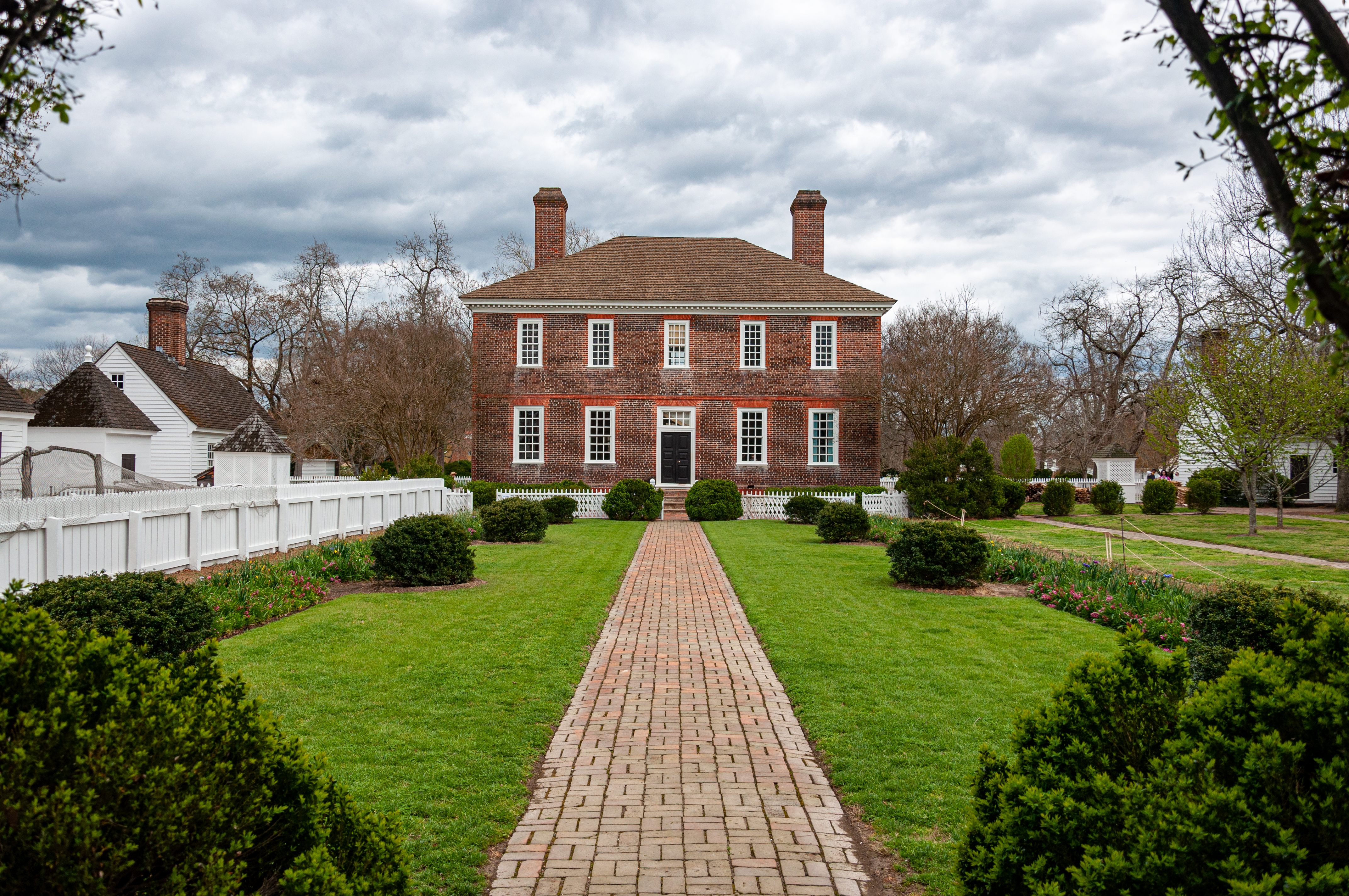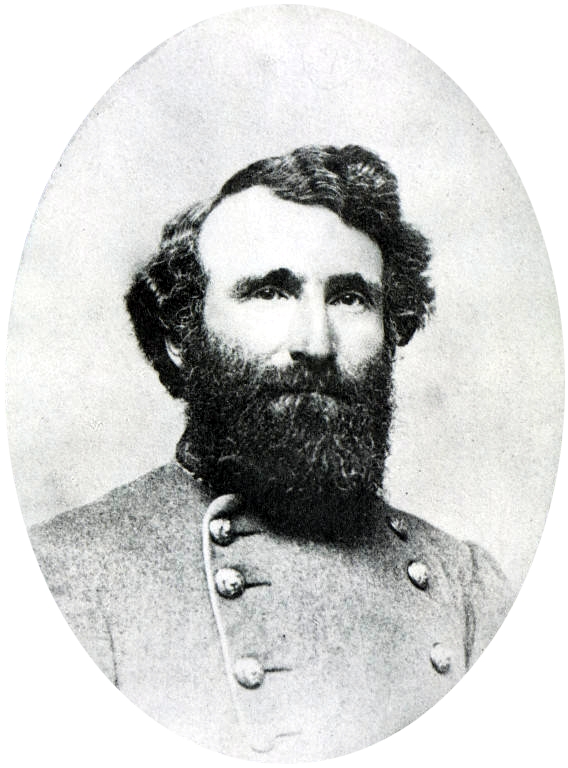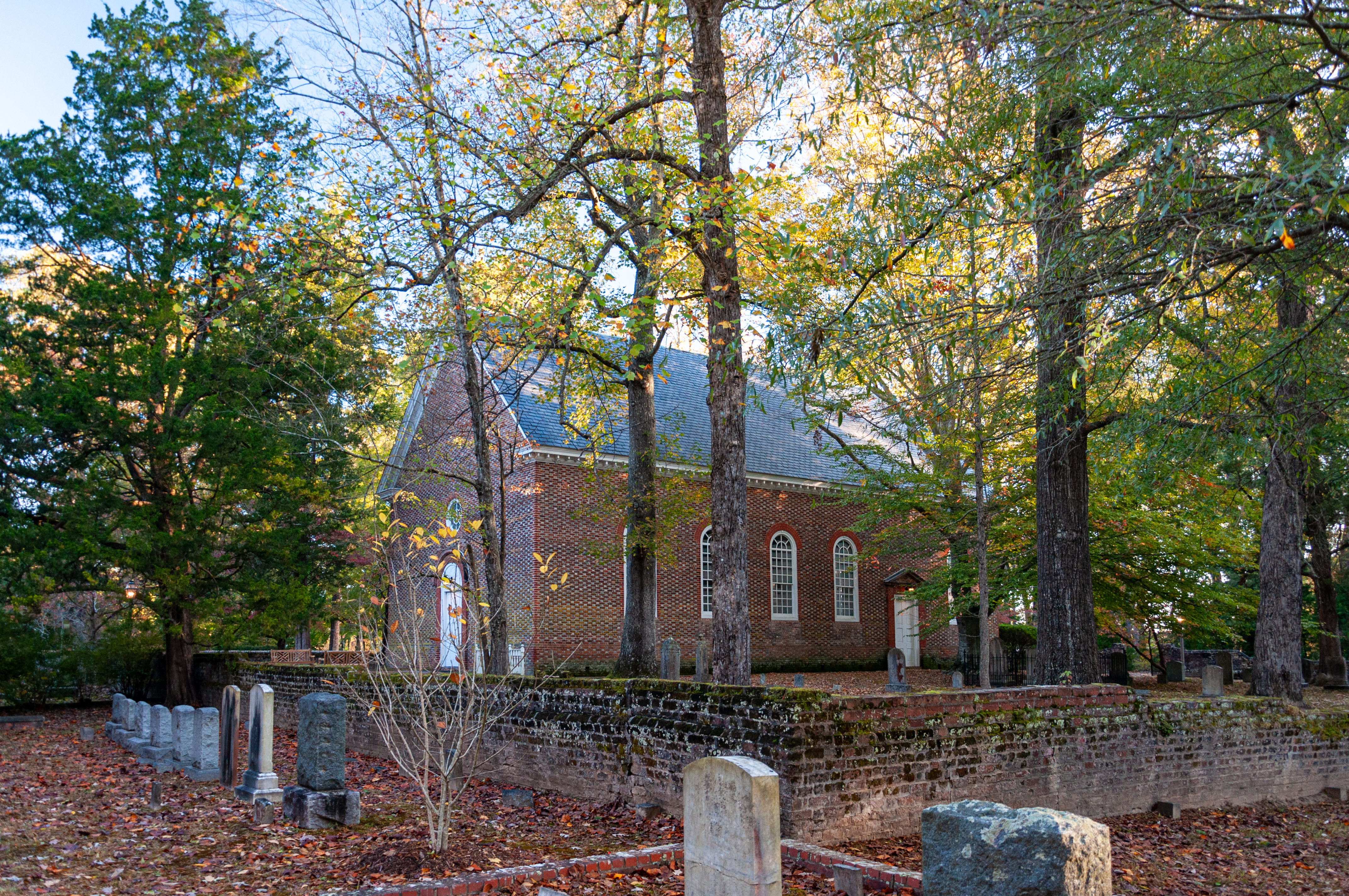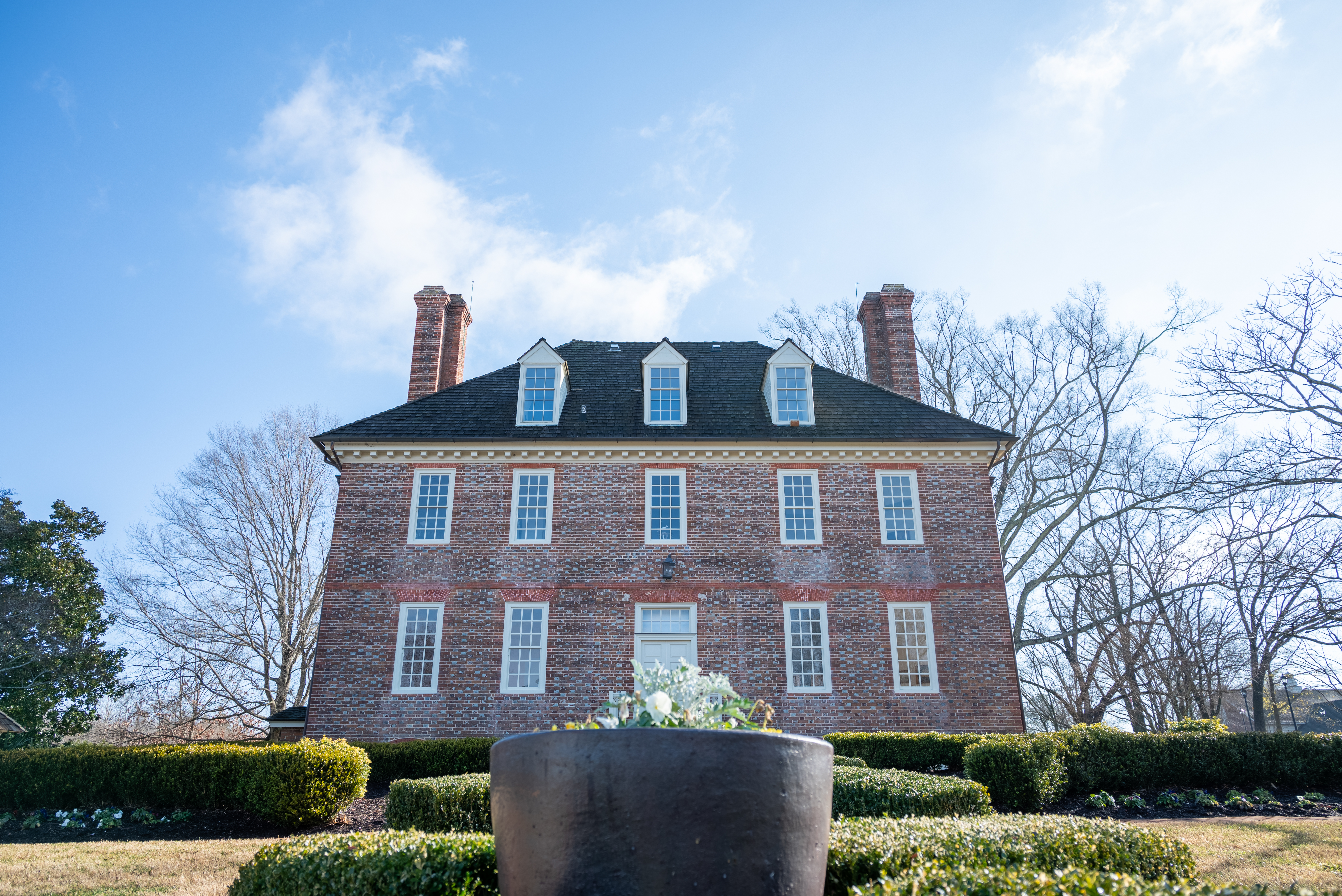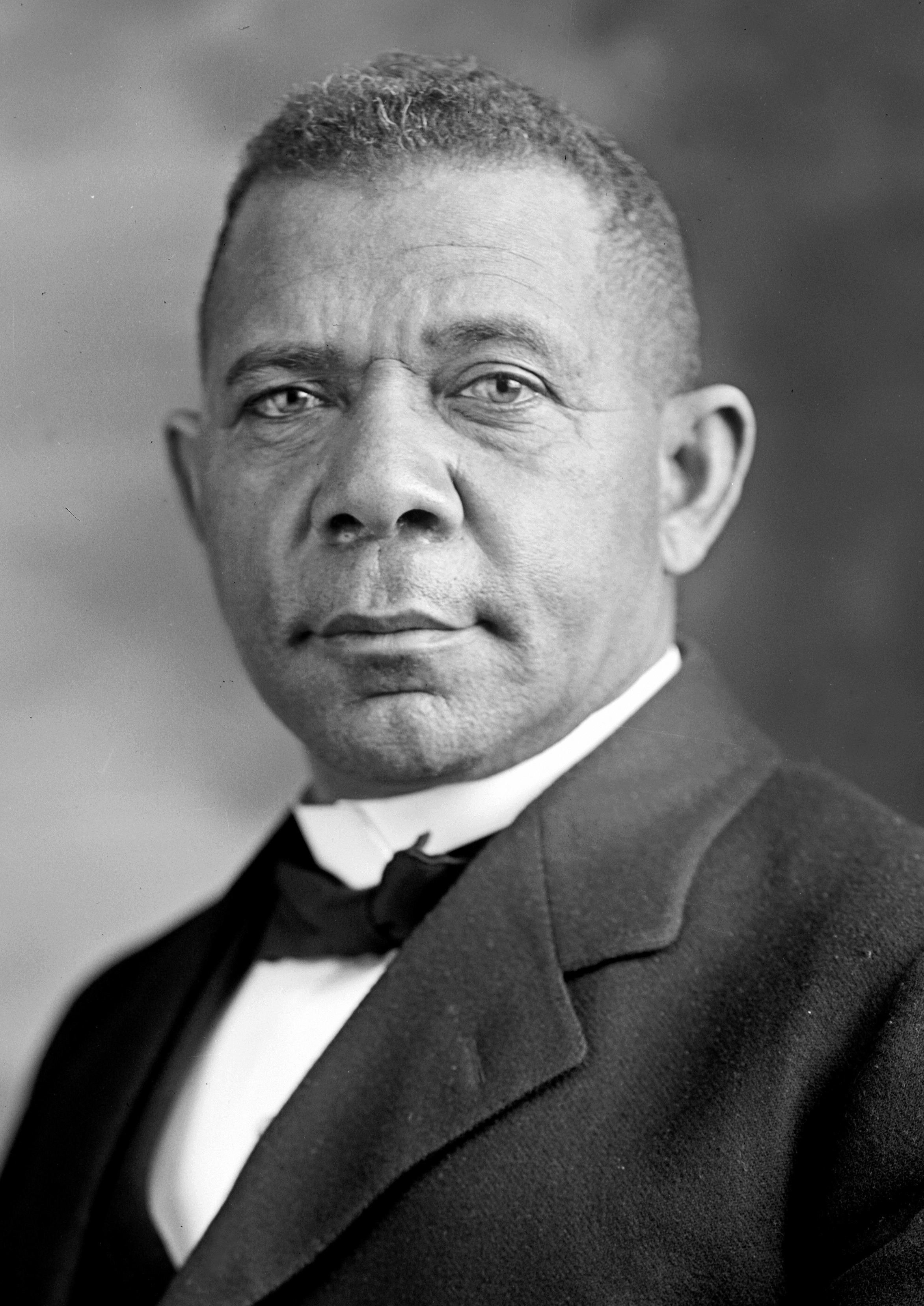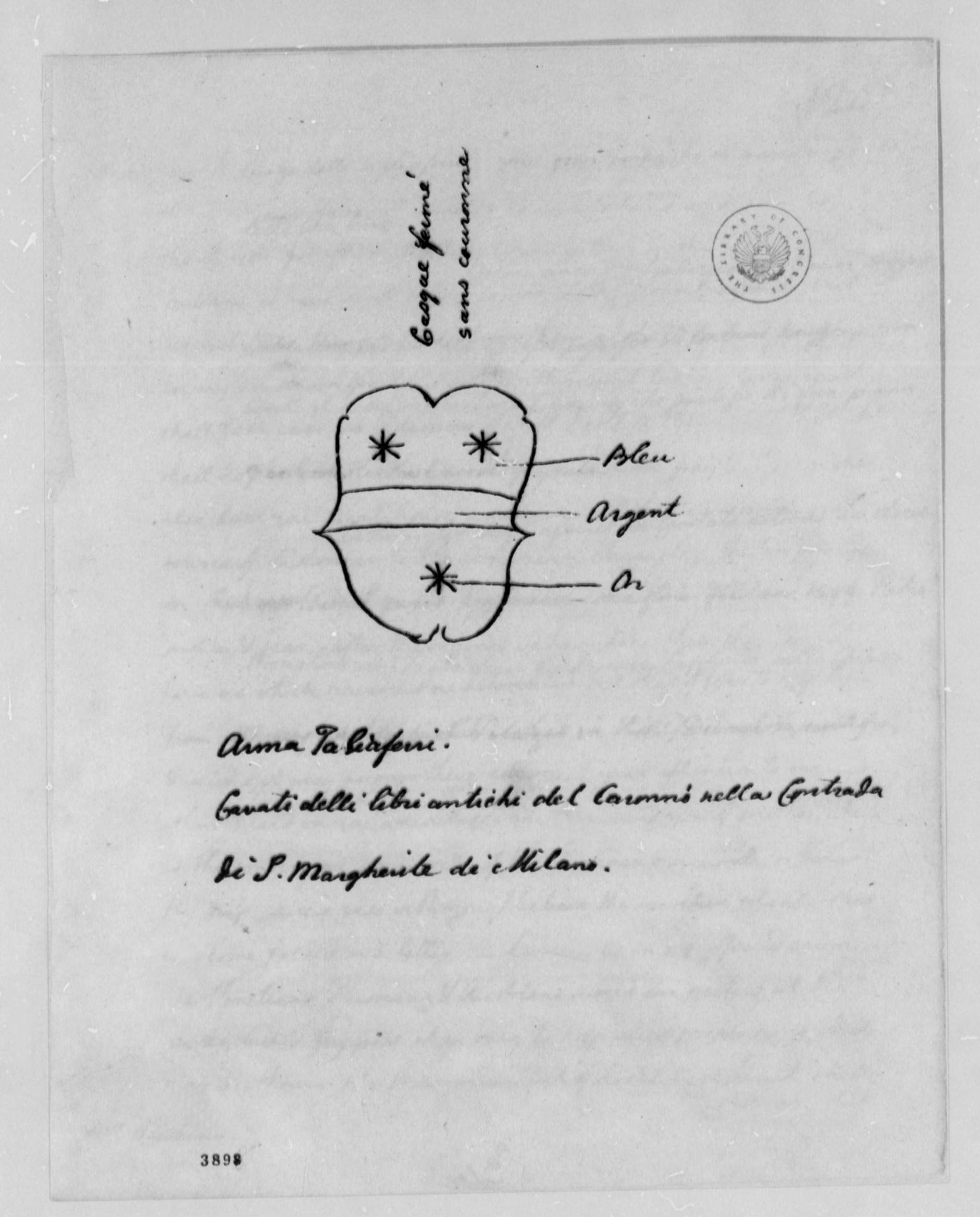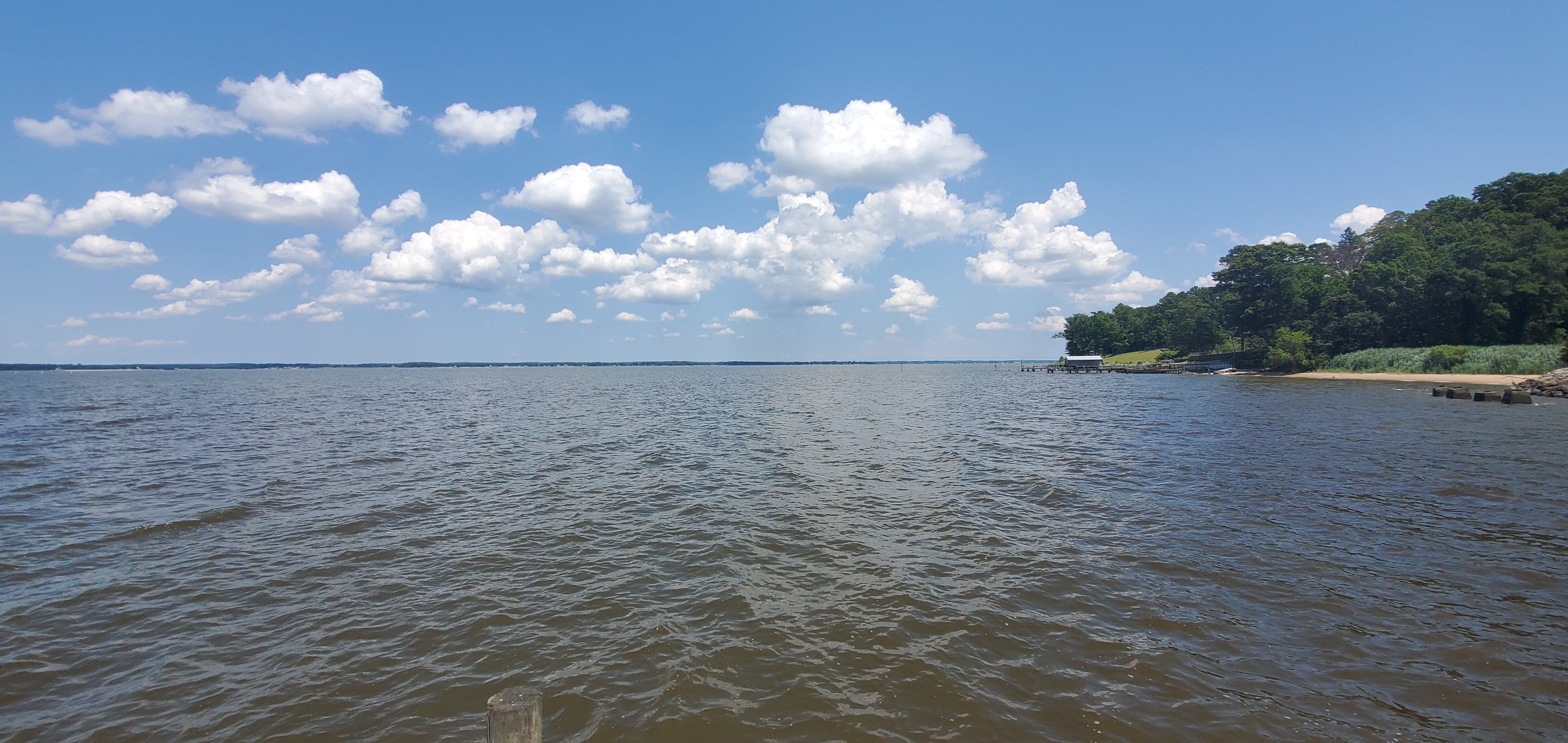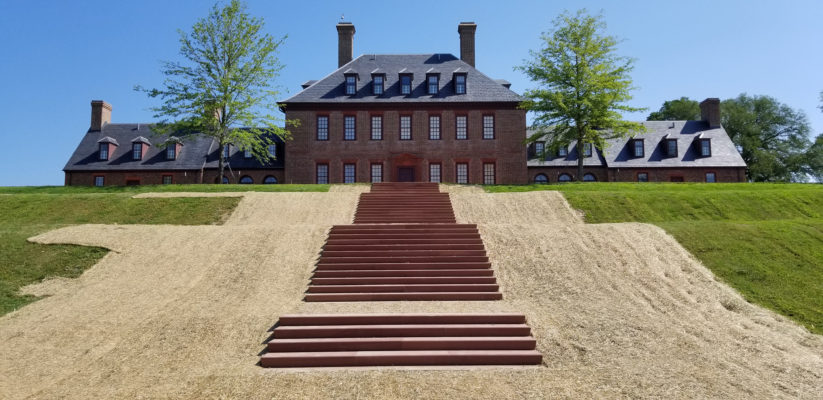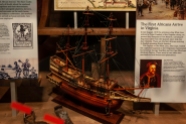No one dominated Virginia between Governor Berkeley and the American War for Independence more completely than Robert “King” Carter. His presence could be felt in every facet.
Carter reigned supreme economically in that he purchased and sold more land than anyone else. He used that land not only for tobacco, but also many other ventures including agriculture, mining, and other schemes. These projects were so successful that after Carter’s death, his proprietor, Lord Fairfax, decided that he had to move to Virginia himself and take over the family business.
Politically, few rivaled Carter, and none save perhaps James Blair, reigned supreme for so long. Carter won most of his battles, and in the end even served to write and rewrite many of Virginia’s laws. Those who dared to oppose him often lost in spectacular ways, such as when Governor ran afoul of many leading colonists. Carter’s heavy influence certainly helped sway the Crown’s decision in removing the erstwhile Nicholson.
As dominant as Carter was both economically and politically, he left a far more enduring legacy with his large family. Robert married twice, fathered 15 children, and more than 60 grandchildren. Carter made sure that this vast progeny married well and received desirable bequests from his more than 60 page will. Those bequests set his descendants in high positions of influence for many generations, even influencing the United States still today. Such was the vast shadow that Carter cast that in some instances it can still be felt, both good and bad, today.
LINKS TO THE PODCAST:







SOURCES:
- Billings, Warren M.; Selby, John E.; and Tate, Thad W. Colonial Virginia: A History. White Plains, NY: KTO Press. 1986.
- Billings, Warren M. Sir William Berkeley and the Forging of Colonial Virginia. Baton Rouge, LA: LSU Press, 2004.
- Billings, Warren. A Little Parliament: The Virginia General Assembly in the Seventeenth Century. Richmond, VA: Library of Virginia, 2004.
- Brown, Katherine L. Robert “King” Carter: Builder of Christ Church. Irvington, VA: Historic Christ Church Heritage Books, 2001.
- Bruce, Phillip Alexander. Social Life of Virginia in the Seventeenth Century: An Inquiry into the Origin of the Higher Planting Class. New York: JP Bell Company, 1927.
- Currer-Briggs, Noel. The Carters of Virginia: Their English Ancestry. Shopwyke Hall, Chichester, Sussex, England: Phillimore, 1979.
- Dabney, Virginius. Virginia: The New Dominion, A History from 1607 to the Present. Charlottesville, VA: University of Virginia Press, 1971.
- Dowdey, Clifford. The Virginia Dynasties: The Emergence of “King” Carter and the Golden Age. New York: Bonanza Books, 1969.
- Dowdey, Clifford. The Golden Age: A Climate for Greatness, 1732-1775. New York: Little Brown, 1970.
- Evans, Emory G. A “Topping People”: The Rise and Decline of Virginia’s Old Political Elite, 1680-1790. Charlottesville, VA: UVA Press, 2009.
- Fischer, David Hackett. Albion’s Seed: Four British Folkways in America (America: a cultural history). Oxford: Oxford University Press, 1989.
- Freeman, Douglas Southall. George Washington: A Biography. New York: Charles Scribners, 1957. (Specifically Volume 1).
- Horn, James. Adapting to A New World: English Society in the Seventeenth-Century Chesapeake. Chapel Hill, NC: University of North Carolina Press, 1994.
- Mapp, Alfred J. Virginia Experiment: The Old Dominion’s Role in the Making of America, 1607-1781. Lincoln, NE: iUniverse, Inc., 2006.
- McCartney, Martha W. Virginia Immigrants and Adventurers: A Biographical Dictionary, 1607-1635. Baltimore, MD: Genealogical Publishing Co., 2007.
- Meade, William. Old Churches, Ministers and Families of Virginia. in Two Volumes. Philadelphia: J.B. Lippincott, 1891.
- Neill, Edward D. Virginia Carolorum: The Colony under the Rule of Charles The First and Second, A.D. 1625-A.D. 1685. Albany, NY: Joel Munsell’s and Sons, 1886.
- Pecquet du Bellet, Louise. Some Prominent Virginia Families, 4 Volumes. Lynchburg, VA: J.P. Bell Company, 1907.
- Rothbard, Murray N. Conceived in Liberty. Auburn, AL: Ludwig Von Mises Institute, 1999.
- Tyler, Lyon Gardiner. The Cradle of the Republic: Jamestown and the James River. Richmond, VA: The Hermitage Press, 1906.
- Walsh, Lorena S. Motives of Honor, Pleasure, and Profit: Plantation Management in the Colonial Chesapeake, 1607-1763. Chapel Hill, NC: University of North Carolina Press, 2010.
- Washburn, Wilcomb E. Virginia Under Charles I and Cromwell 1625-1660. Kindle Edition.
- Wertenbaker, Thomas Jefferson. Virginia Under the Stuarts: 1607-1688. New York: Russell and Russell, 1959.
- Wertenbaker, Thomas Jefferson. The Planters of Colonial Virginia. Kindle Edition.
- “Captain Thomas Carter and His Descendants: By One of Them, Dr. Joseph Lyon Miller, Thomas, West Virginia.” The William and Mary Quarterly 17, no. 4 (1909): 275–85.
- “Carter Ancestry.” The William and Mary Quarterly 9, no. 1 (1900): 34–37.
- Miller, Lyon. “Carter Genealogy.” The William and Mary Quarterly 18, no. 1 (1909): 47–58.
- Miller, Lyon. “Carter Genealogy.” The William and Mary Quarterly 18, no. 2 (1909): 89–103.
- Jos. Lyon Miller. “Carter Genealogy.” The William and Mary Quarterly 18, no. 4 (1910): 235–43.
- Jos. L. Miller. “Carter Genealogy.” The William and Mary Quarterly 19, no. 2 (1910): 116–37.
- Miller, Joseph L. “Carter Genealogy.” The William and Mary Quarterly 19, no. 3 (1911): 184–94.
- Jos. L. Miller. “Carter Genealogy.” The William and Mary Quarterly 20, no. 1 (1911): 38–51.
- The Fairfax Grant – http://www.vaplaces.org
- The Proprietors of the Northern Neck: Leeds Castle – http://www.culpepperconnections.com
SPECIAL LINKS:
- Historic Christ Church
- Department of Historic Resources: Corotoman
- Colonial Virginia Portraits: The Carter Family
All photography used on this site is owned and copyrighted by the author unless otherwise noted. The Featured Image is of the Carter Family Crest.
Music used for this episode – Louis Armstrong and the Mills Brothers,”Carry Me Back to Old Virginia” available on Apple Music, and “The Storms Are on the Ocean” by The Carter Family, also available on Apple Music.















































